Lions Survive Lengthy Swim Through Crocodile-Infested Waters
In an awe-inspiring display of bravery, two lion brothers, Jacob and Tibu, embarked on a perilous swim across the predator-infested Kazinga Channel in Uganda. Captured by high-definition thermal cameras, this journey highlights the lengths wildlife will go to survive in challenging environments.
These lions faced dangers like crocodiles and hippos, making their swim a remarkable feat of endurance and determination.
Meet Jacob: The Resilient Lion
Jacob, the 10-year-old lion, has become a local icon due to his incredible survival story. Known for his resilience, Jacob has faced numerous life-threatening incidents, including being gored by a buffalo and losing his leg to a poacher’s snare.
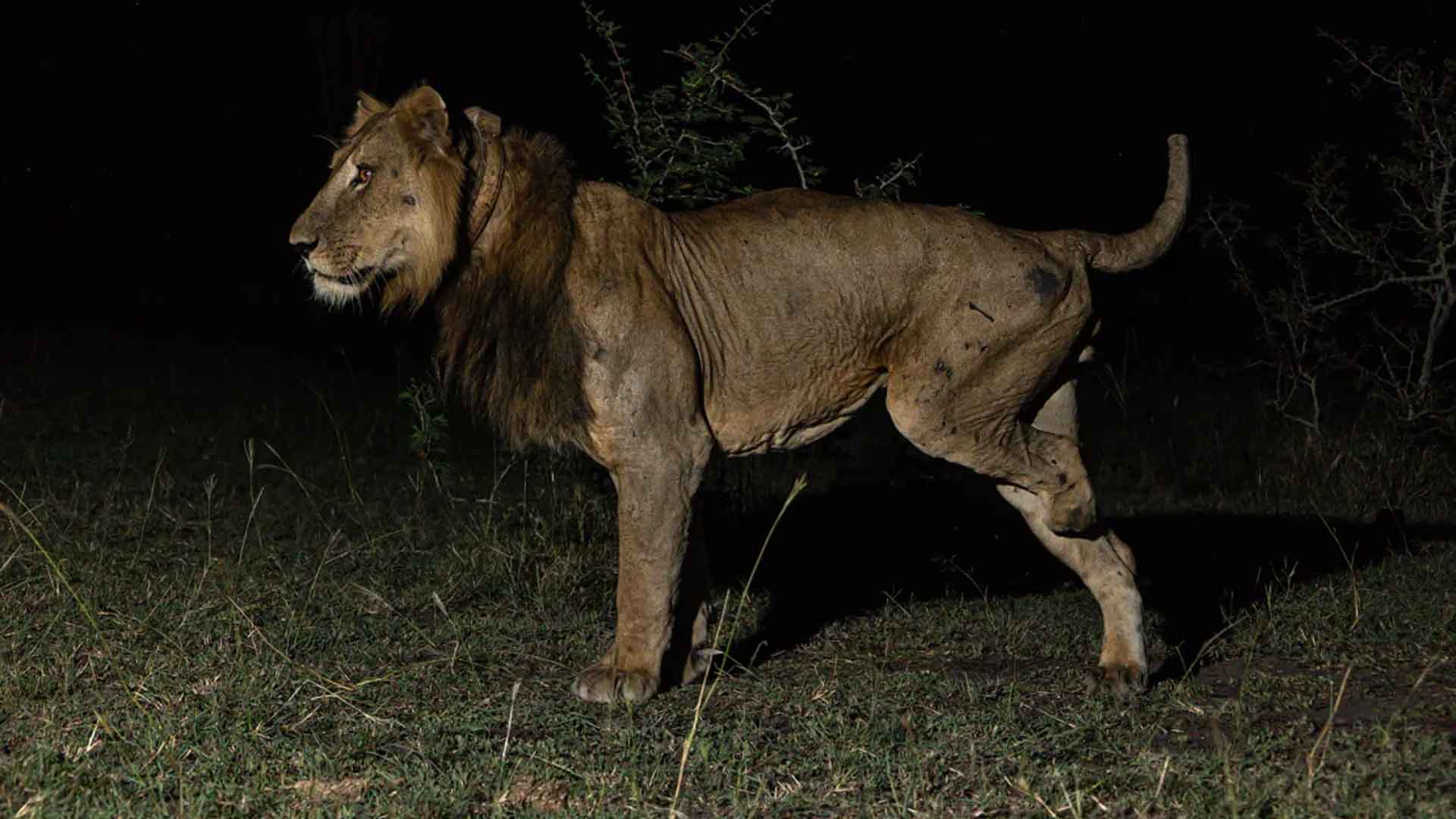
Source: Alex Braczkowski/Griffith University
Despite these challenges, Jacob continues to thrive, showcasing the remarkable adaptability and strength of African lions.
The Dangerous Kazinga Channel
The Kazinga Channel, a natural waterway in Uganda, connects Lake Edward and Lake George. This channel is notorious for its high densities of crocodiles and hippos, making it a dangerous crossing for any animal.
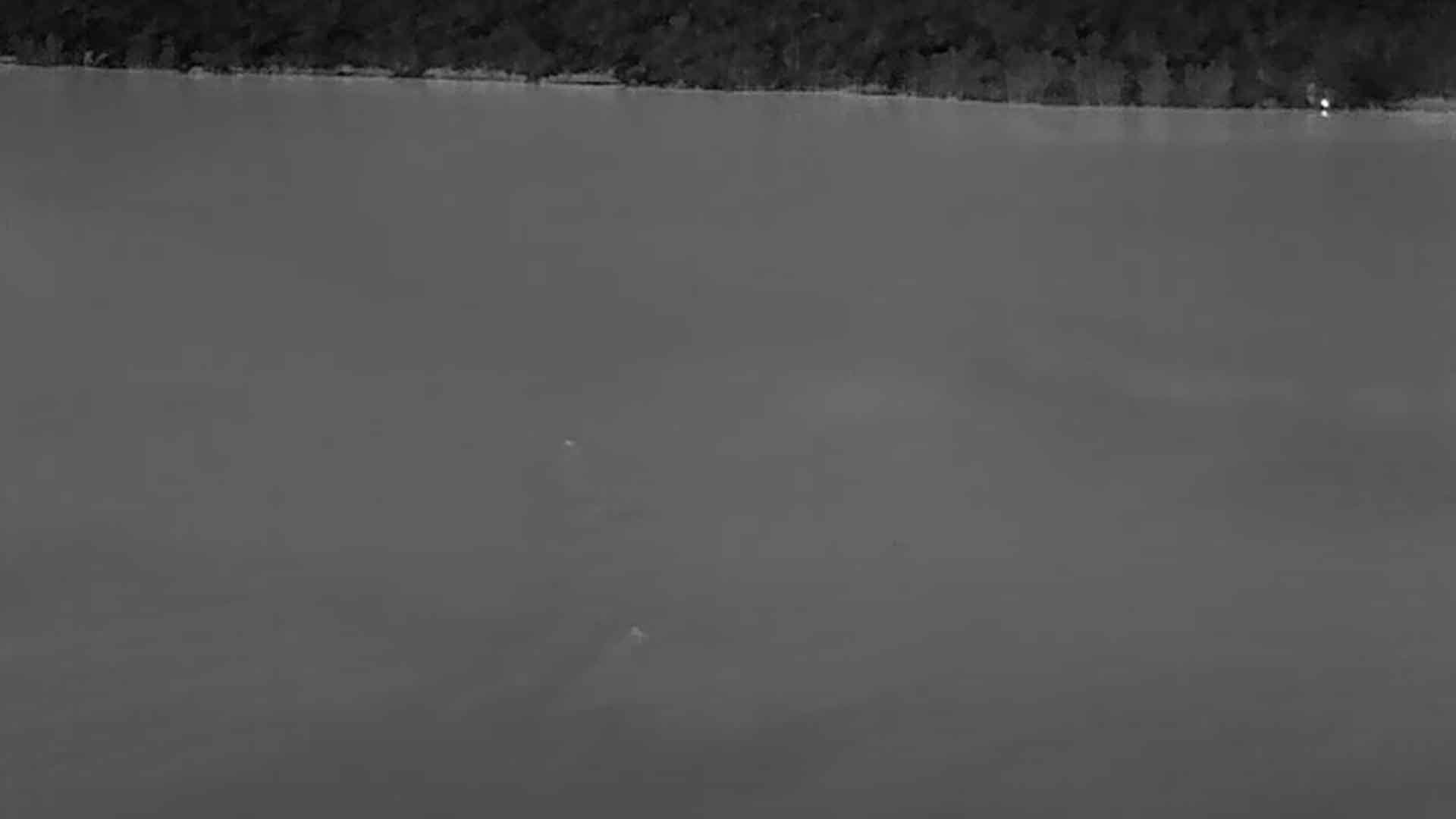
Source: Dr. Alex Braczkowski/YouTube
Jacob and Tibu’s decision to swim across the over half-mile-long channel at night demonstrates their extraordinary bravery and survival instincts in the wild.
High-Tech Observation
Dr. Alexander Braczkowski and his team from Griffith University and Northern Arizona University documented the lion brothers’ swim using high-definition thermal cameras mounted on drones.

Source: CSIRO
This advanced technology allowed researchers to capture the lions’ movements in detail, providing valuable insights into their behavior and the challenges they face in their natural habitat.
The Motivation Behind the Swim
Jacob and Tibu’s daring swim was likely motivated by a quest for mates. After losing a fight for female attention, the brothers braved the dangerous waters in search of lionesses on the other side of the channel.
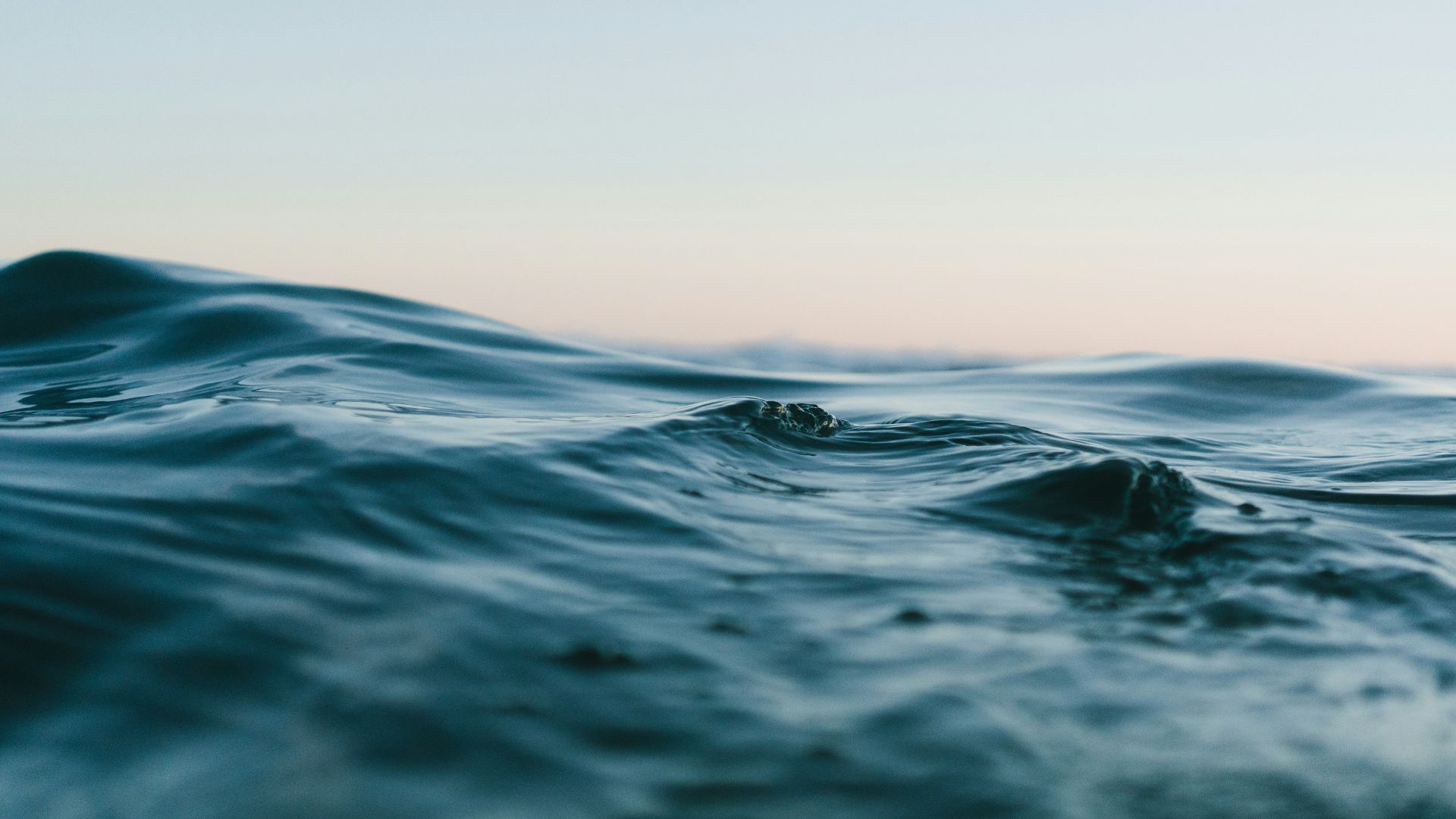
Source: Matt Hardy/Unsplash
This behavior shows the fierce competition for mates in the park and the extreme measures lions will take to ensure their survival and reproductive success.
The Human Element
The Kazinga Channel features a small connecting bridge that the lions could have used. However, the presence of people likely deterred Jacob and Tibu from taking this route.
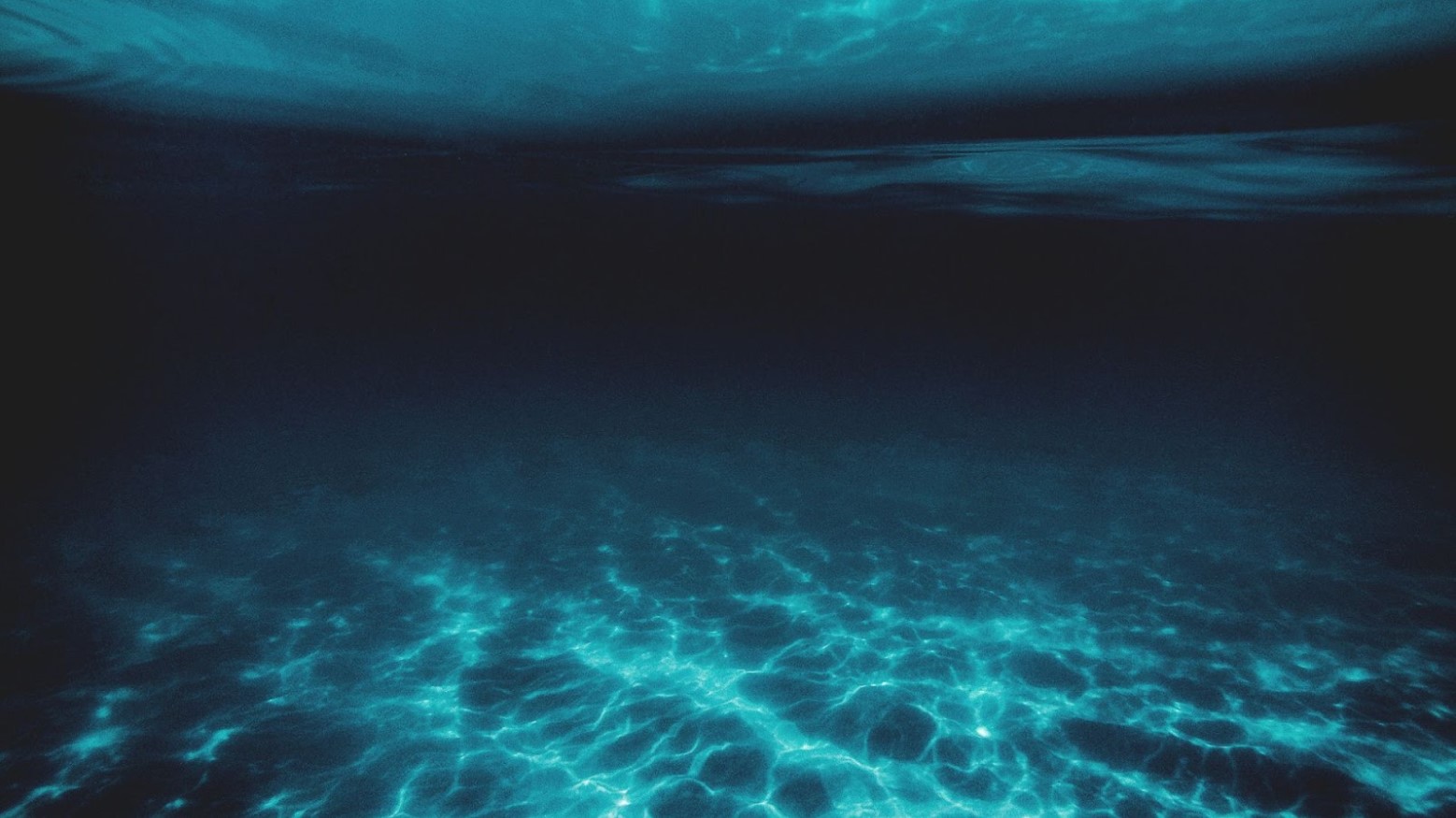
Source: Jonathan Borba/Unsplash
This highlights the impact of human activity on wildlife behavior, forcing animals to make risky decisions to avoid human encounters.
Record-Breaking Swim
Previous lion swims have typically ranged from 10 to a few hundred meters, with some resulting in fatal crocodile attacks.
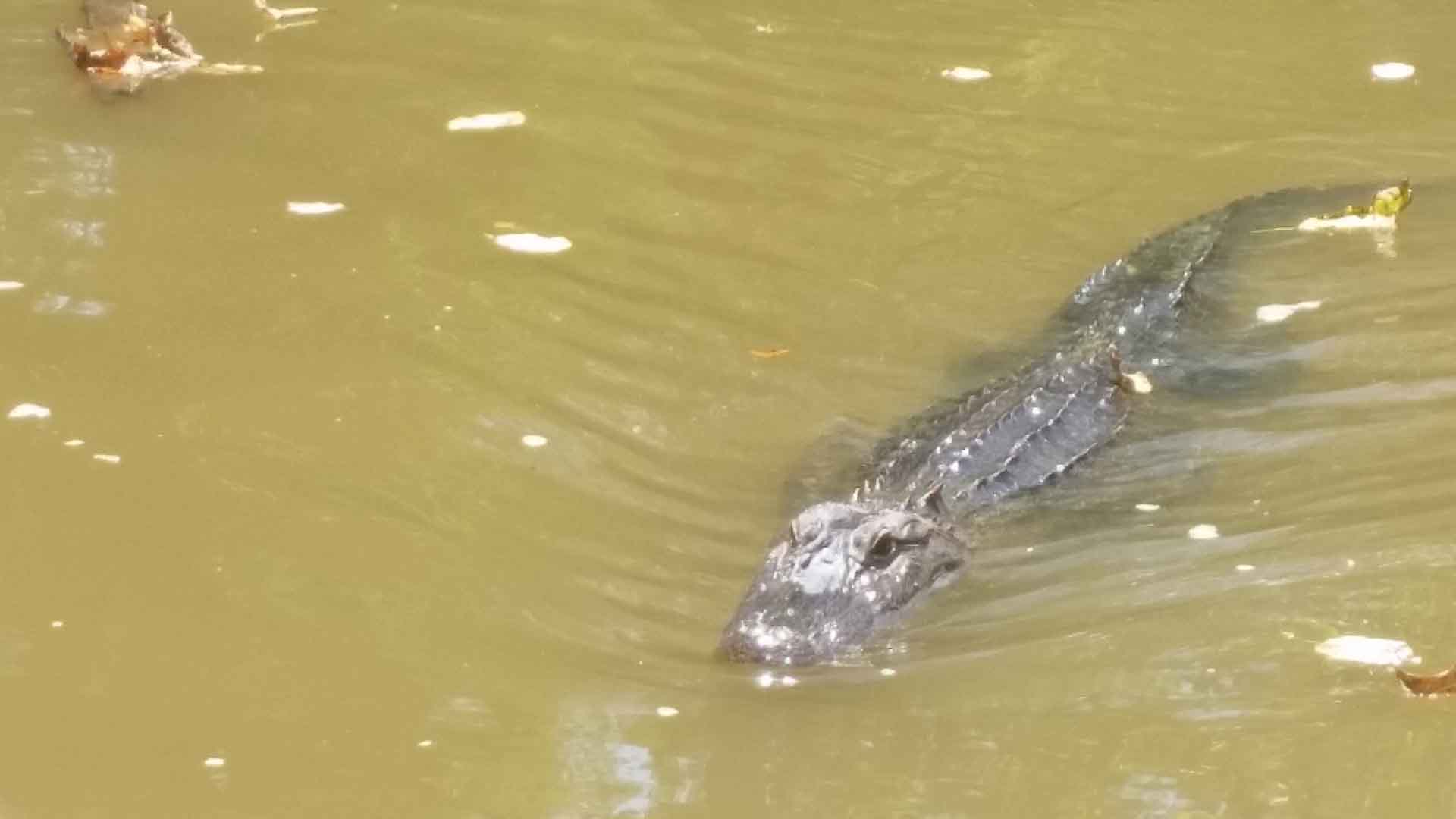
Source: Bigmacthealmanac/Wikipedia
Jacob and Tibu’s over-half-mile-long swim set a new record, showcasing their extraordinary endurance and resilience.
Conservation Challenges
Dr. Braczkowski’s research in Queen Elizabeth National Park reveals that the lion population has nearly halved in just five years due to human pressures and high poaching rates.

Source: Melissa Mullin/Unsplash
This dramatic decline shows the urgent need for conservation efforts to protect these majestic creatures and their habitats from further degradation.
Building Scientific Capacity
Since 2017, Dr. Braczkowski has been working with the Ugandan Government to build scientific capacity in the wildlife department.

Source: Cytonn Photography/Pexels
As the scientific director of the Volcanoes Safaris Partnership Trust’s Kyambura Lion Project, he focuses on censusing lions and other predators to better understand and protect these vulnerable populations.
The Resilience of Jacob and Tibu
Jacob and Tibu’s survival in a national park with significant human pressures is a massive example of their resilience. Dr. Braczkowski describes Jacob as “Africa’s most resilient lion,” having survived multiple life-threatening incidents.
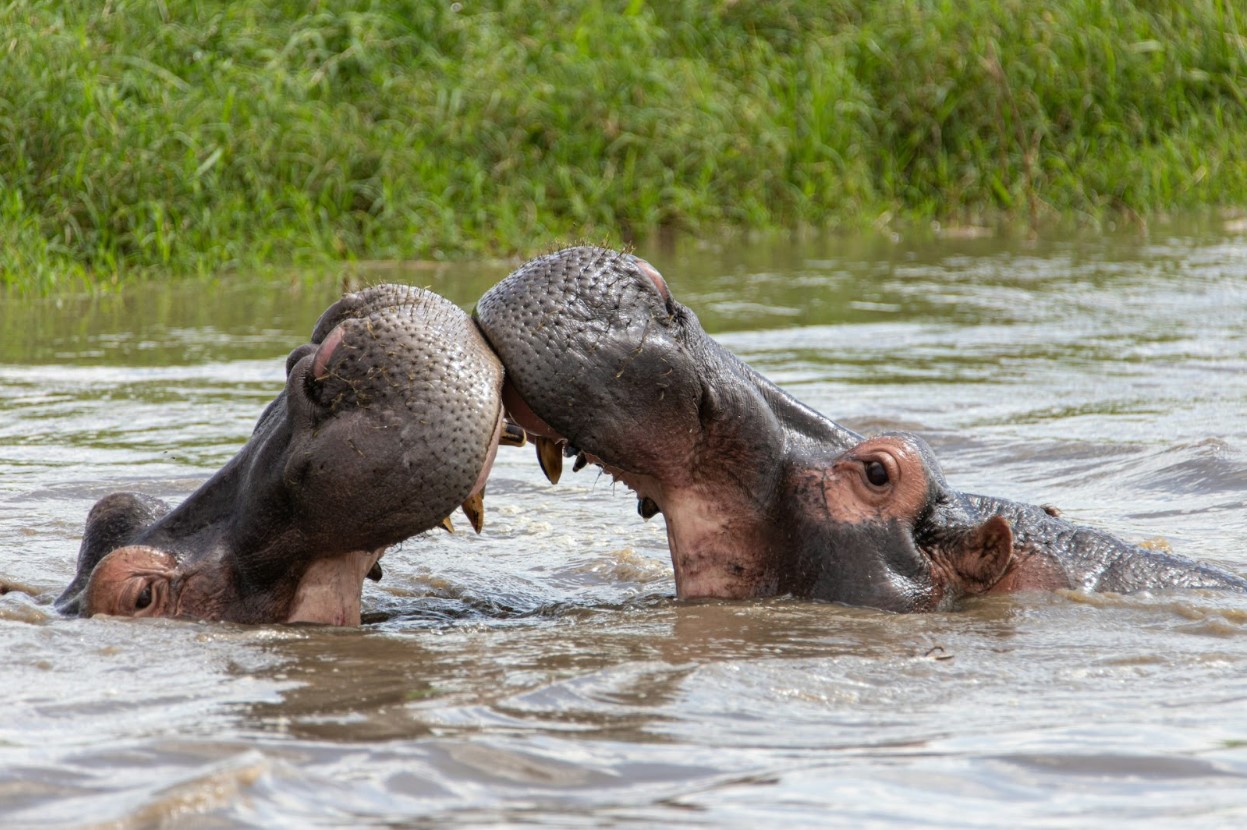
Source: Glen Michaelsen/Unsplash
Their story highlights the incredible adaptability and determination of wildlife in the face of adversity.
Symbol of Hope
The lion brothers’ daring swim serves as a symbol of hope and resilience for wildlife conservation. Their story, captured through innovative research and technology, emphasizes the importance of protecting these magnificent animals and their habitats.
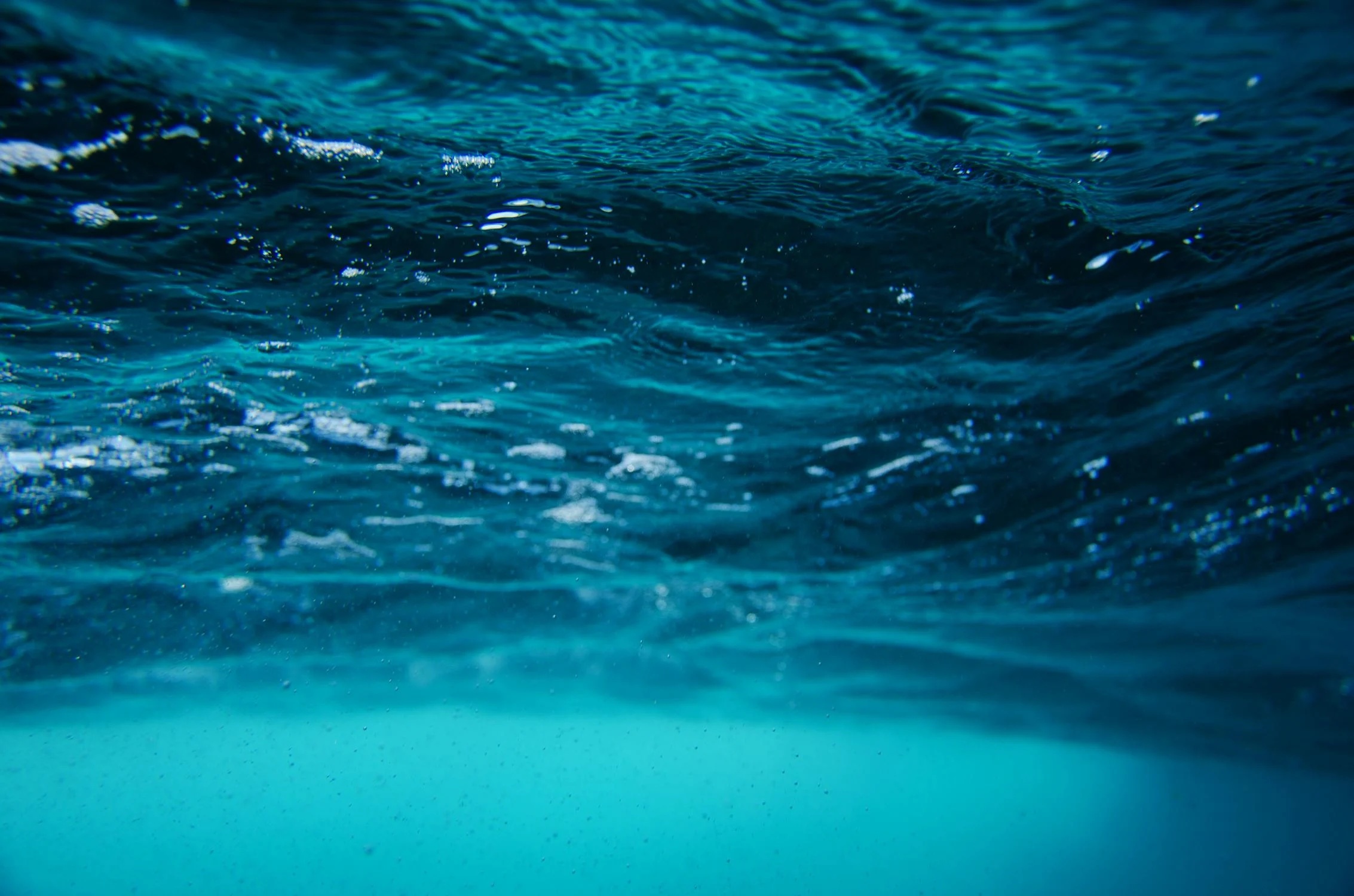
Source: Emiliano Arano/Pexels
It also highlights the need for continued efforts to mitigate human impact on wildlife and ensure their survival for future generations.
The Future of Lion Conservation
Ongoing research and conservation efforts are crucial to protecting lions like Jacob and Tibu.
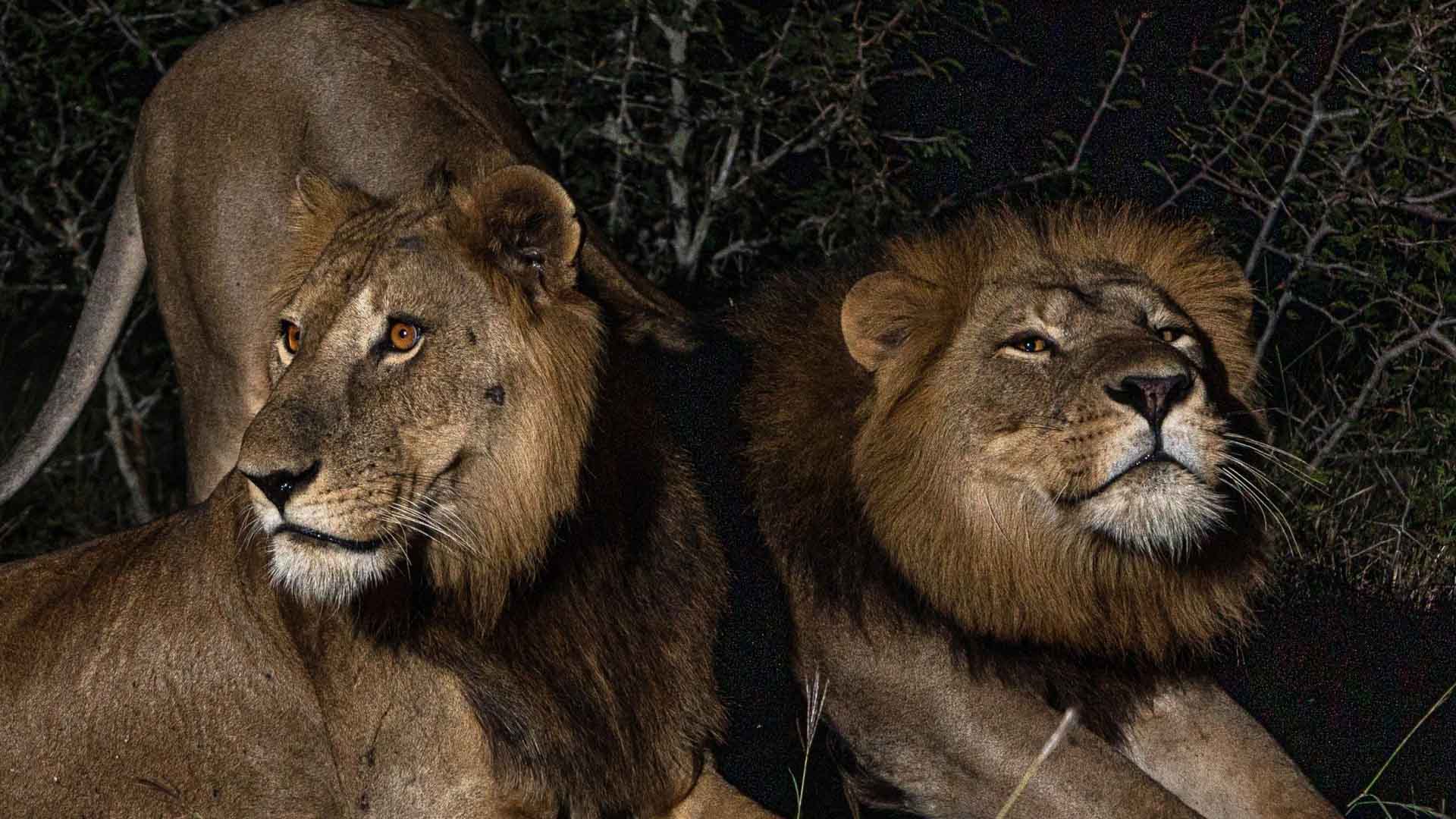
Source: Alex Braczkowski/Griffith University
By building scientific capacity, implementing effective conservation strategies, and raising awareness about the challenges wildlife face, we can help ensure the survival of these iconic creatures.
